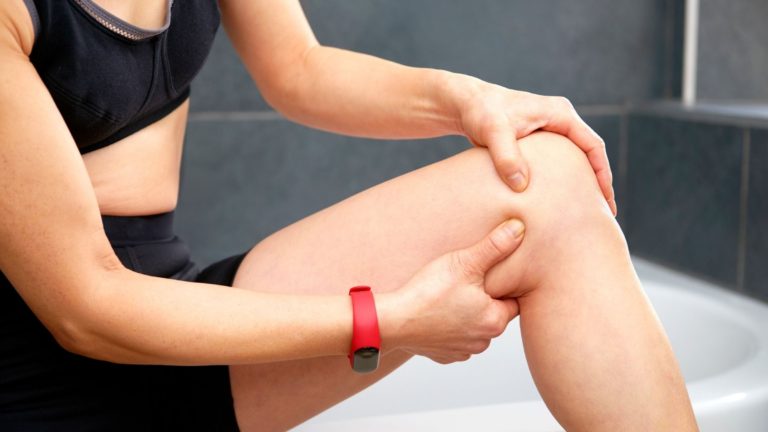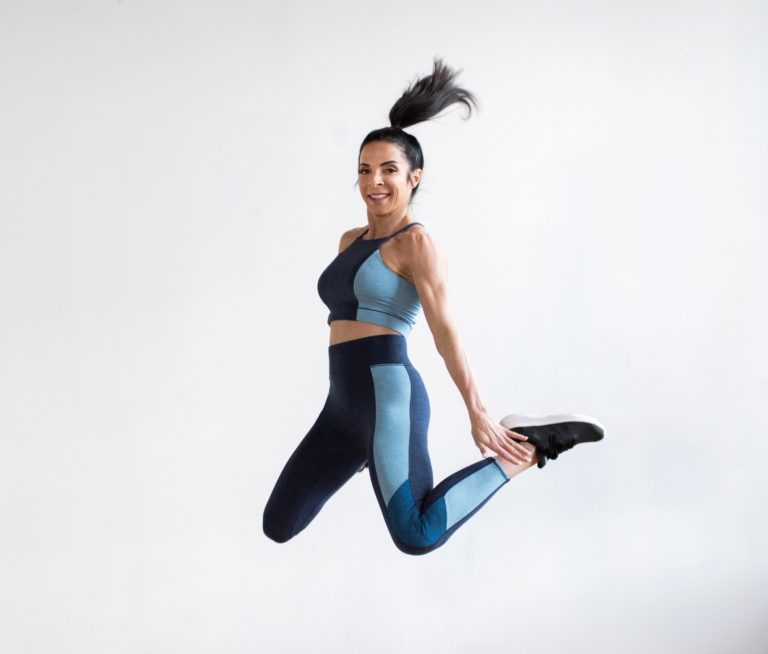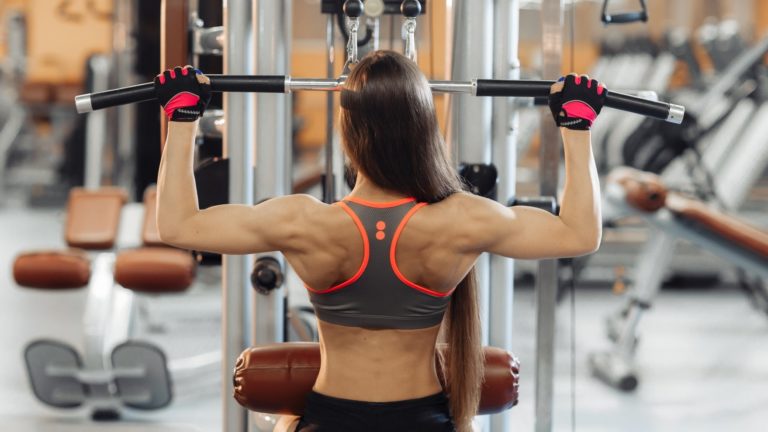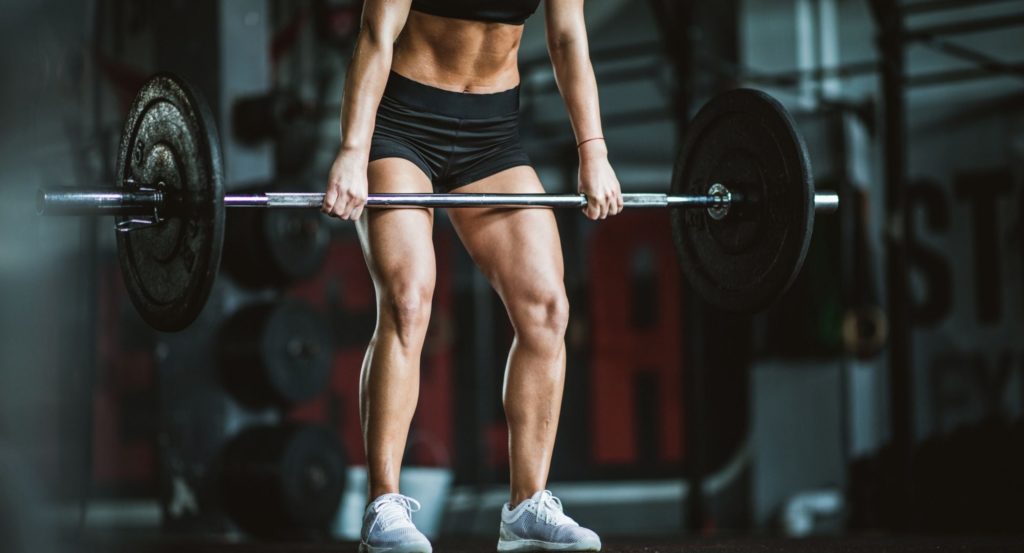
The Old-School Bodybuilding Leg Workout
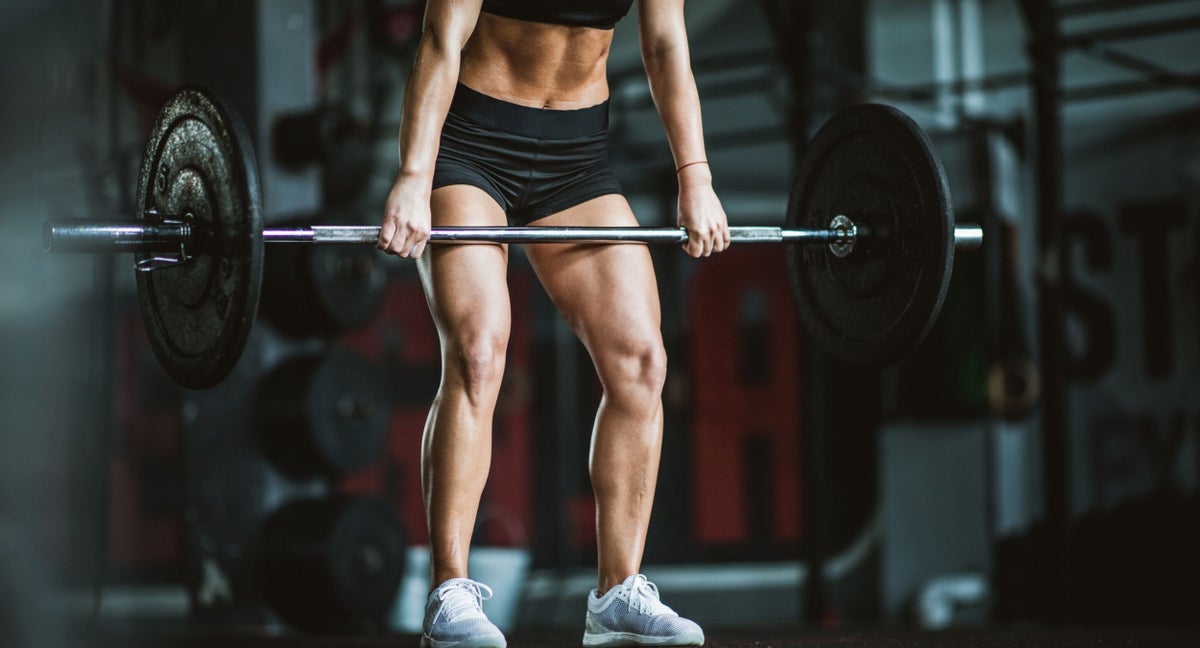
The fear is all too common — and all too wrong. We’re talking about the idea that training like a bodybuilder will soon have you looking like one, complete with huge, ripped muscles and cartoonish proportions.
The reality is it takes efforts way beyond what most people could even imagine to forge the type of physique that could step foot onstage of a bodybuilding competition. We’re talking years of dedicated training, mountains of food, and a 24/7 lifestyle all centered around maximizing every ounce of muscle to its fullest potential.
A few workouts that mimic the champs just ain’t gonna do it, according to celebrity trainer Jason Kozma, owner of High Performance Personal Training in Los Angeles. “You will not get ‘too bulky’ from resistance training,” states the former Mr. America. “What will happen is you can get leaner, have more energy, and end up liking the way you look with more toned muscle.”
In other words, by borrowing a few key training techniques of elite-level bodybuilders, you can “fast track” your path to appreciable gains. Take legs, for instance. The following bodybuilding-style workout, designed by Kozma to hit the quadriceps, hamstrings, glutes and calves from multiple angles of attack, can help shore up any weaknesses or instability in your lower body and deliver the type of results you may not be getting from a lighter-resistance, higher-rep, lower-body program.
The Old-School Bodybuilding Leg Workout
Here, you’ll work your legs from hip to heel using the principles of progressive resistance — that is, pyramiding up your weight from set to set, working in a rep range of six to 12, and ending up at a heavy enough resistance that the final rep induces momentary muscle failure to the point at which you can’t do another rep with good form. Meanwhile, three challenging sets per movement should be plenty to maximize muscle stimulation without overdoing it. (You also should consider adding a warm-up set for at least the first few exercises, doing 15 to 20 reps with a lighter weight to promote blood flow to the lower body.)
“Make sure you’re ‘dominating’ the weight before adding reps or sets to a particular exercise,” Kozma adds. “Other ways to increase intensity are to reduce rest time or work through a smaller range of motion after you reach initial muscle failure. Above all, go after your fitness goals like you mean it!”
| Exercise | Sets | Reps | Rest Between Sets |
| Barbell Deadlift | 3 | 8-12 | 2-3 minutes |
| Narrow-Stance Squat | 3 | 6-8 | 2-3 minutes |
| Glute-Ham Raise | 3 | 8-12 | 2 minutes |
| Standing Calf Raise | 3 | 8-12 | 2 minutes |
| Leg Extension | 3 | 8-12 | 3 minutes |
Barbell Deadlift
With your feet slightly wider than shoulder-width apart and your toes beneath the barbell, squat down and grasp it with a slightly wider than shoulder-width grip, allowing it to rest flush against your shins. Keeping your chest up and back flat, lift the bar from the floor by extending your hips and knees to full extension. Be sure to keep your arms straight throughout as you drag the bar up your shins and thighs until you are in a standing position. Squeeze your back, legs and glutes, then lower the bar downward along the same path until it touches the floor. Allow the bar to settle before beginning the next rep.
Jason’s Advice: “Choose a weight that you can do for eight to 12 reps, and as that gets easier, move to heavier weights for six to eight reps to drive mass gains. Repeat the movement for three sets, and rest two and a half to three minutes between sets.”
Narrow-Stance Squat
In a power rack with the safeties set, a barbell across your upper back and the barbell set within the groove just above your shoulder blades, assume a stance with your feet directly under your hips. Your knees should be slightly bent and your toes turned out a few degrees. Keeping your head in a neutral position, abs tight and torso upright, bend at the knees and hips to slowly lower your body as if you were going to sit down in a chair. Go as deep as you can handle, ideally to a point at which your thighs are parallel or below parallel to the floor while maintaining your natural lower-back arch, then forcefully drive through your heels, extending at your hips and knees until you arrive at the standing position.
Jason’s Advice: “Choose a weight you can do for three sets of six to eight reps. The eighth rep should be challenging — if it’s too easy, you can bump up the weight the next set or workout. To make sure you’re recovering enough from set to set, rest for about two and a half minutes in between.”
Glute-Ham Raise
Get into position on a glute-ham raise bench, securing your ankles under the pads. Keeping your body aligned from knees to shoulders, lower yourself downward as far as you can, contracting your hamstrings to control the motion, then powerfully flex your hamstrings to raise yourself upright to the start position.
Jason’s Advice: “This move is proof you don’t need additional weight for positive results. Do three sets of eight to 12 reps; you’ll find out soon enough that it’s plenty to get the job done.”
Standing Calf Raise
Step into a standing calf machine with the balls of your feet on the foot platform and your shoulders secured under the pad. Grasp the handles, press up onto your toes and squeeze before lowering your heels toward the floor as low as possible. (You also can hold dumbbells at your sides and do raises on a stair or step, or do raises sans weight.)
Jason’s Advice: “Don’t be afraid to go heavy on standing calf raises. Think about driving through your toes as if you are trying to reach the top shelf and hold it there for one to two seconds. If you’re using weight, do eight to 12 reps, but if you instead opt for no weights on a stair, go for at least 12 to 15 reps per set.”
Leg Extension
Adjust the seat for your body frame, then sit squarely in the machine, hooking your feet under the padded bar, your knees at the edge of the seat. Keep your eyes focused forward and hold the handles for stability as you extend your legs up and out in an arc. Flex your quads at the top for a count of one to two seconds, then slowly bend your knees under control to reverse. Start the next rep without ever allowing the weight stack to touch down.
Jason’s Advice: “Choose a weight that lets you do eight to 12 reps for three sets with three minutes of rest between sets. And don’t skip the one- to two-second hold at the top — that static contraction helps prompt growth and development in the front of your upper leg.”
Published at Thu, 02 Dec 2021 08:54:29 -0800
